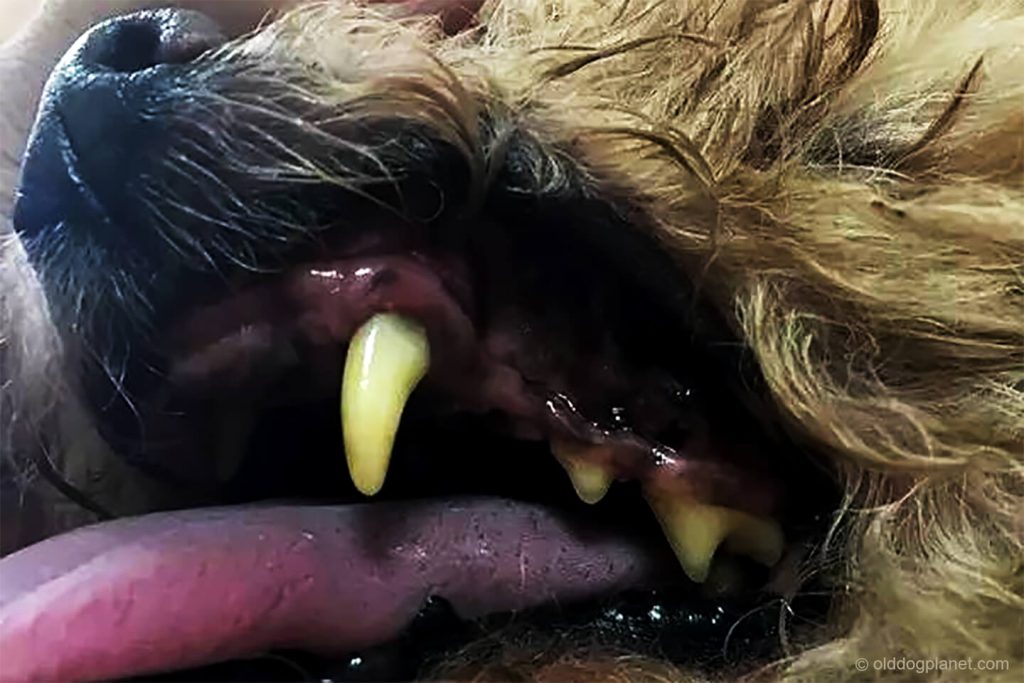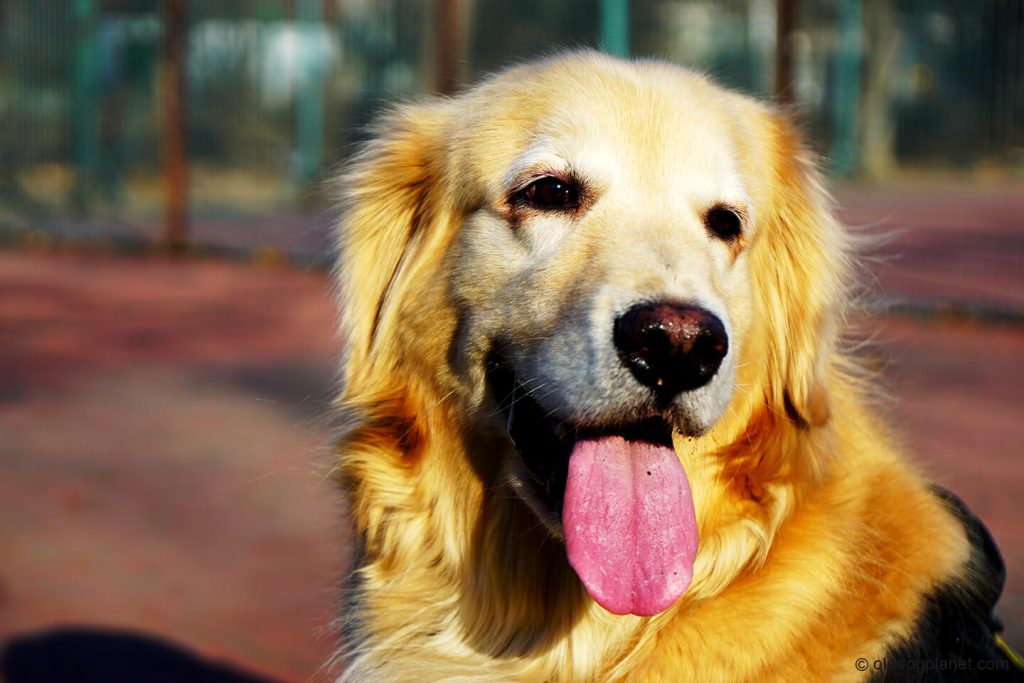When finding your old dog teeth falling out, most people may think that it is a natural phenomenon of getting older and ignore it. However, this is not the case, it is not normal for a senior dog to lose her teeth.
When it comes to teeth, dogs are not the same as people. Human teeth will fall out because of age, and a healthy dog will not lose any of its teeth even the day it crosses the rainbow bridge, but will keep white and clean teeth and healthy pink gums all its life.
Top priority: My dog lost a tooth what should I do?
Items to prepare:
- Milk or saline
- Ice pack or ice cube
- Insulation bag or other bag
- Hydrogen peroxide
- Medical cotton ball
What can you do:
- Step 1: Regardless whether the condition of the teeth is good or bad, collect the fallen teeth into a clean container and fill it with clean milk or saline to soak the teeth completely. A tooth soaked in milk or saline can remain active for about 4 hours.
- Step 2: Place the container in an insulation bag and surround it with ice packs / ice cubes to keep it cold.
- Step 3: Dilute hydrogen peroxide to 0.5% (usually the concentration of hydrogen peroxide you get is 3%, please double check concentration of the hydrogen peroxide, and then follow the table below to dilute to 0.5%), then dip the appropriate amount of hydrogen peroxide with a medical cotton ball and gently wipe the area where the tooth has fallen out.
- Step 4: Please bring your old dog and the teeth and rush to a professional dental vet to determine whether the tooth can be rescued.
The culprit: Tartar is the killer of old dogs’ teeth
Take a look at your old pal’s teeth. If its teeth are covered with thick tartar, then it is very likely to lose the teeth in the future. Tartar is the deadly killer of old dogs’ teeth.
Small dogs such as Chihuahua and Yorkshire, in particular, may have lost half of their teeth by the age of 12 if they do not brush their teeth every day to maintain oral hygiene. Relatively speaking, under the same conditions, large dogs are less likely to lose their teeth in old age than small dogs.
The propagation rate of oral bacteria is fast, if you don’t brush the dog’s teeth, it only takes 72-96 hours for oral bacteria to form hard tartar on a dog’s teeth.
Poor oral hygiene will cause tartar to build up over time, eroding the enamel and making the gums inflamed or even swollen. With the passage of time, more and more serious tartar will break through the defense of the old dog’s low immunity, causing gingival atrophy and eventual tooth loss, and some cases of heart disease have also been linked to oral bacteria invading the blood from the gums and pulp.
Strategic defense: Removing tartar is the best strategy to protect teeth
Strategy 1: protect canines and molars
Adult dogs have a total of 42 permanent teeth, of which canine teeth and molars are the teeth used by dogs to bite and grind food, respectively. They play an important role in dog eating.
Old dogs who lose canine teeth or molars often have serious physical disorders and psychological fear in eating. More importantly, canines and molars are frequently the easiest places for tartar to accumulate, and molars are relatively difficult to clean due to their location deep within the mouth.
Strategy 2: Clean the old dog’s tartar at home, once a year
Items to prepare: dental scaler
Time required: 30-45 minutes per year
Brushing teeth and any home therapy with baking soda won’t help when your old dog’s teeth are covered with thick brown or even black tartar. They’re as tough as concrete and most of us don’t know how to get rid of them. When you are at a loss, all you need is a $5 dental scaler to treat your old dog’s tartar once a year.
You only need to take a relaxing weekend every year and spend 30-45 minutes (it may take 45 minutes for the first operation) to restore your old dog’s big white teeth, which is the most cost-effective investment in the world (if you can keep brushing your dog’s teeth every day, you even only need to clean the dog’s tartar at home every 2 years).
Strategy 3: keep the “battlefield” clean by brushing teeth, once a day
If you don’t brush your dog’s teeth after tartar cleaning, it only takes 3-4 days to form hard tartar on the dog’s teeth and become very dense, thick and inflamed within 3-6 months. Brushing your dog’s teeth is the only effective way to keep the teeth white.
It’s undeniable that brushing dog’s teeth is an old tiresome topic. Many people believe that brushing dog’s teeth is difficult and troublesome and prefer to give dental chews to their dogs or add additives to drinking water.
Do dental chews and water additives really keep your dog’s teeth free of tartar? Not at all! You may spend hundreds of dollars a year on these dental chews or additives, but your dog still needs to go to the vet for an anesthetic tooth cleaning, which is a big joke!
Set your alarm clock for 9 pm, jump out of the phone or pad for just 10 minutes, and go get your dog’s teeth brushed!
Daily brushing is the most effective way to maintain a dog’s oral hygiene, and a clean mouth can greatly reduce the chances of a dog developing Canine Cognitive Dysfunction (CCD). Refer to this blog post for more information.


